Colder weather might feel a way off from now, but now is a good time to think about how to store your classic car for fall and winter.
No classic car enthusiast enjoys the thought of stowing away their vehicle for months on end. However, exposing your classic car to cold weather, snow, and salty roads can cause damage that is expensive to repair.
Here are the steps you should take to properly store your classic car for the season.
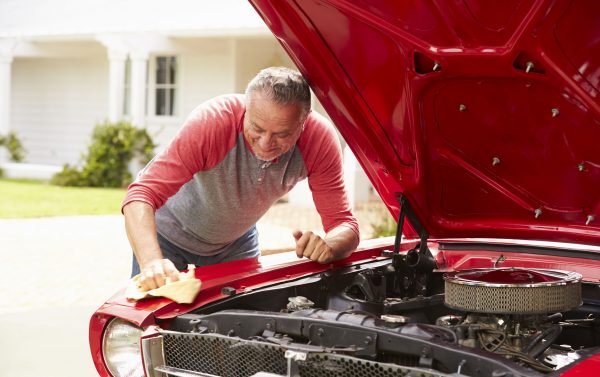
1. Clean Your Car
Before long term car storage, make sure it’s clean inside and out.
Start by giving the interior a thorough cleaning. We know you’d never leave stray papers or other trash on the floor of your prized vehicle--but do a quick sweep just to make sure.
Dust off surfaces, including your dashboard, which can be a dust magnet.
Wipe down all surfaces with microfiber cloths and the proper cleaning solutions, and vacuum your carpet and upholstery.
Related Post: Best Practices for Classic Auto Interior Restoration
Once your interior is clean, follow up by washing the exterior of your classic car, including the undercarriage. We recommend hand washing a classic car over going to the car wash, which can be ineffective and even damage the exterior.
Complete the process of cleaning your classic car with a good wax and a polish.
2. Protect Your Car from Unwanted Guests
Mice, voles, and other pests can wreak havoc on your classic car. They can chew holes in
the upholstery you worked so hard to restore and maintain. Don’t let this happen to you.
If you are storing your car in your own garage, make sure there are no issues with pests. Eliminate any pest problems you may have before the cool weather arrives, and close off any ways for critters to enter your garage.
Just to be on the safe side, plug up your classic car’s intake duct and the exhaust pipe with some steel wool, and seal off any air inlets.
Throughout fall and winter, you should also lift up the hood every now and then just to be sure no vermin have moved in.
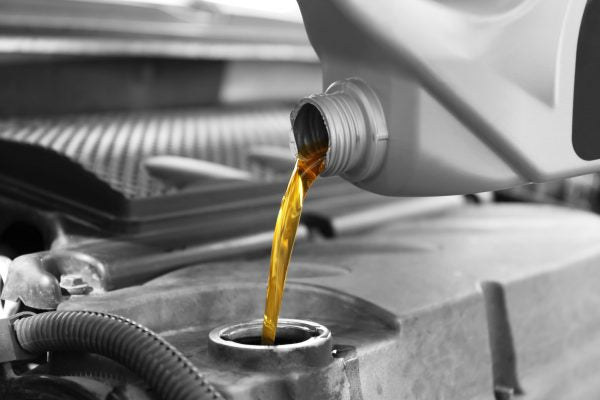 3. Top Off Your Gas Tank, Check the Coolant, and Change the Oil
3. Top Off Your Gas Tank, Check the Coolant, and Change the Oil
Before long term storage, fill up the gas tank to help prevent moisture buildup. Add a fuel stabilizer to keep the fuel from deteriorating, which protects the engine from varnish and rust. This also keeps the seals from drying out.
While you’re at it, also check your coolant levels. Add more if needed, and be sure you are using the right coolant strength. Coolants with too high of a water concentration could freeze and cause cracking inside the engine.
Also, remember to change your car’s oil, and then run the engine for a minute so the clean oil circulates, giving your classic car corrosion protection all winter long.
4. Install a Trickle Charger or Disconnect Your Battery
A battery tender, also known as a trickle charger, will allow you to start your car periodically. It also protects your battery from freezing, which would render it useless.
If you don’t plan to start your car at any point while it is in storage, then you need to remove the battery entirely. Keep the battery in a heated space to help ensure it remains operational after the long winter.
5. Choose a Storage Space
No matter what, you need to store your classic car indoors for the winter. Ideally, your storage space will also be climate controlled.
The fluctuating temperatures of a typical household garage can cause wear on your classic car’s features, oil, rubber, vinyl, and other components.
There are
car storage units designed specifically for seasonal storage. Check your local listings for options near you.
If you must store your car in an unheated garage, make sure the space is secure and properly sealed off from the outside.
6. Cover Your Classic Car
After you’ve completed the steps above and you’re ready to store your classic car, you should cover it up.
A custom-fit car cover will offer the best protection. It should be made of breathable fabric to prevent moisture from being trapped on your car’s exterior. Plastic car covers are not recommended--these can scratch your car and gather moisture that leads to rust.
Covering your car extends to the inside as well. Seat covers provide additional protection for your upholstery.
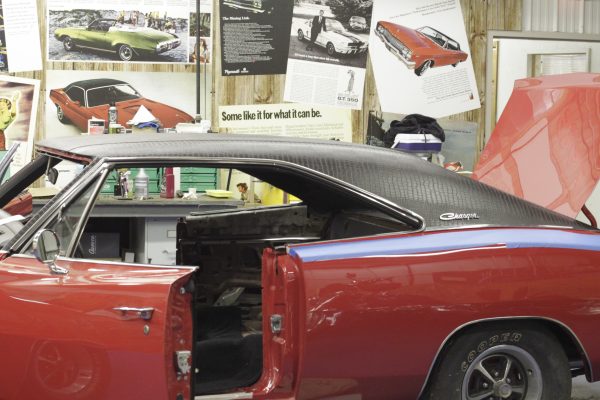 BONUS TIP: Plan for Off-Season Projects
BONUS TIP: Plan for Off-Season Projects
If your classic car is stored in a heated garage, fall and winter are excellent seasons to tackle projects you did not have the time for during the warmer months.
Legendary Auto Interiors is available year round to help you realize your vision for your classic car’s interior restoration.
Proper car storage is a key component of
maintaining your classic car’s value for years to come.
With the right steps, your classic car will be safe and sound during the cooler seasons ahead. Spring will be back before you know it, and you’ll once again be cruising down the road with your classic vehicle.



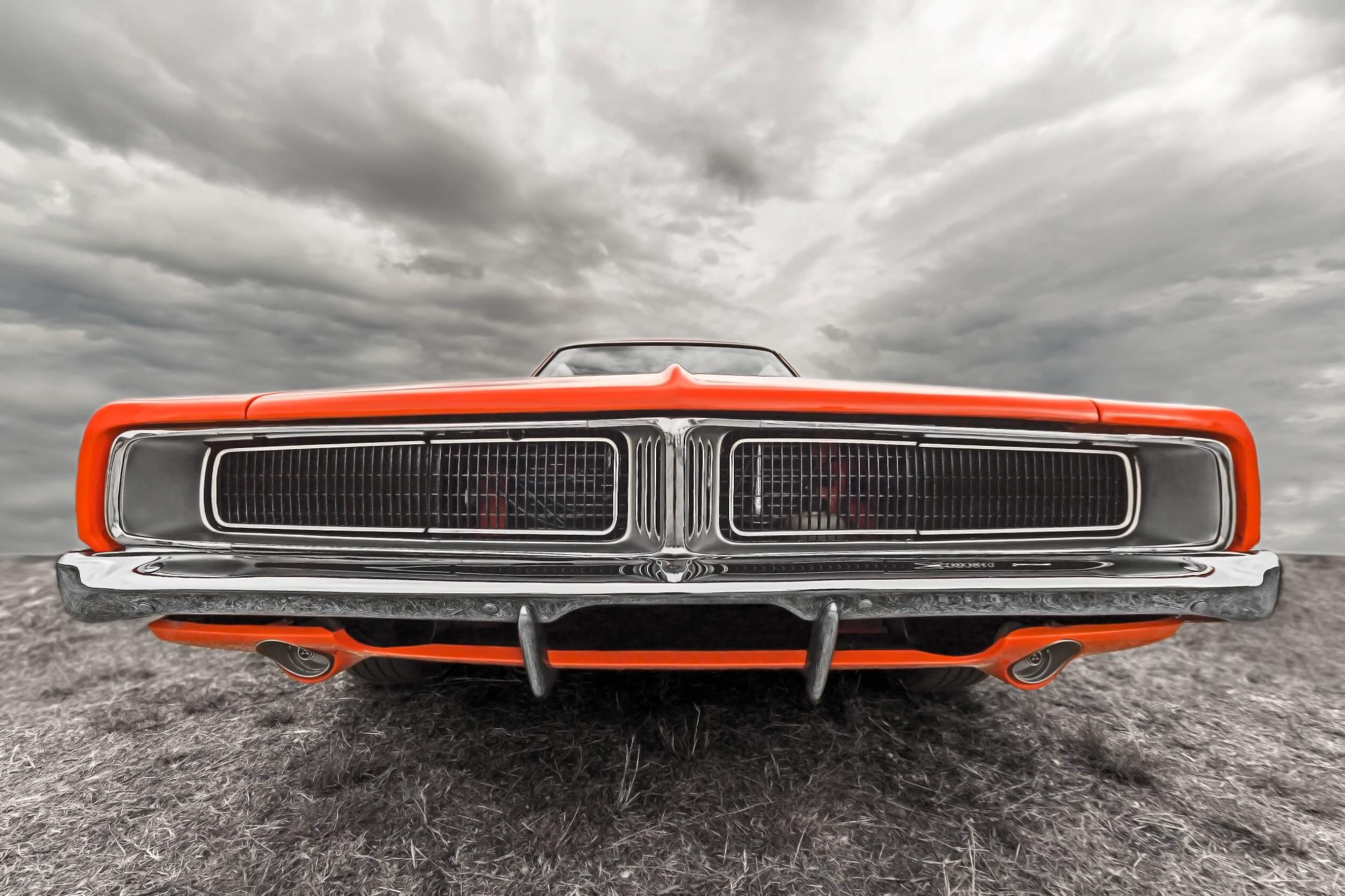
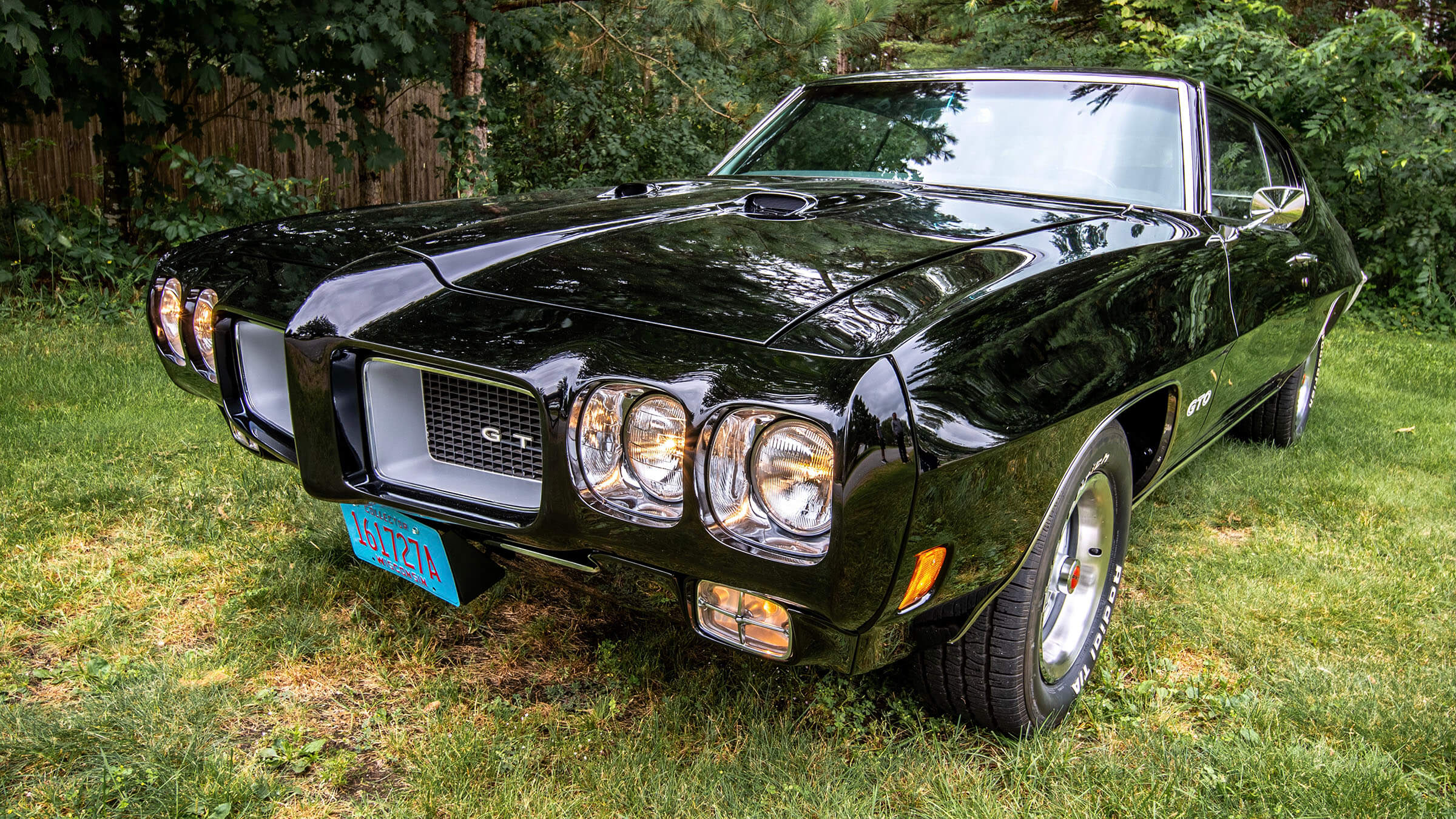
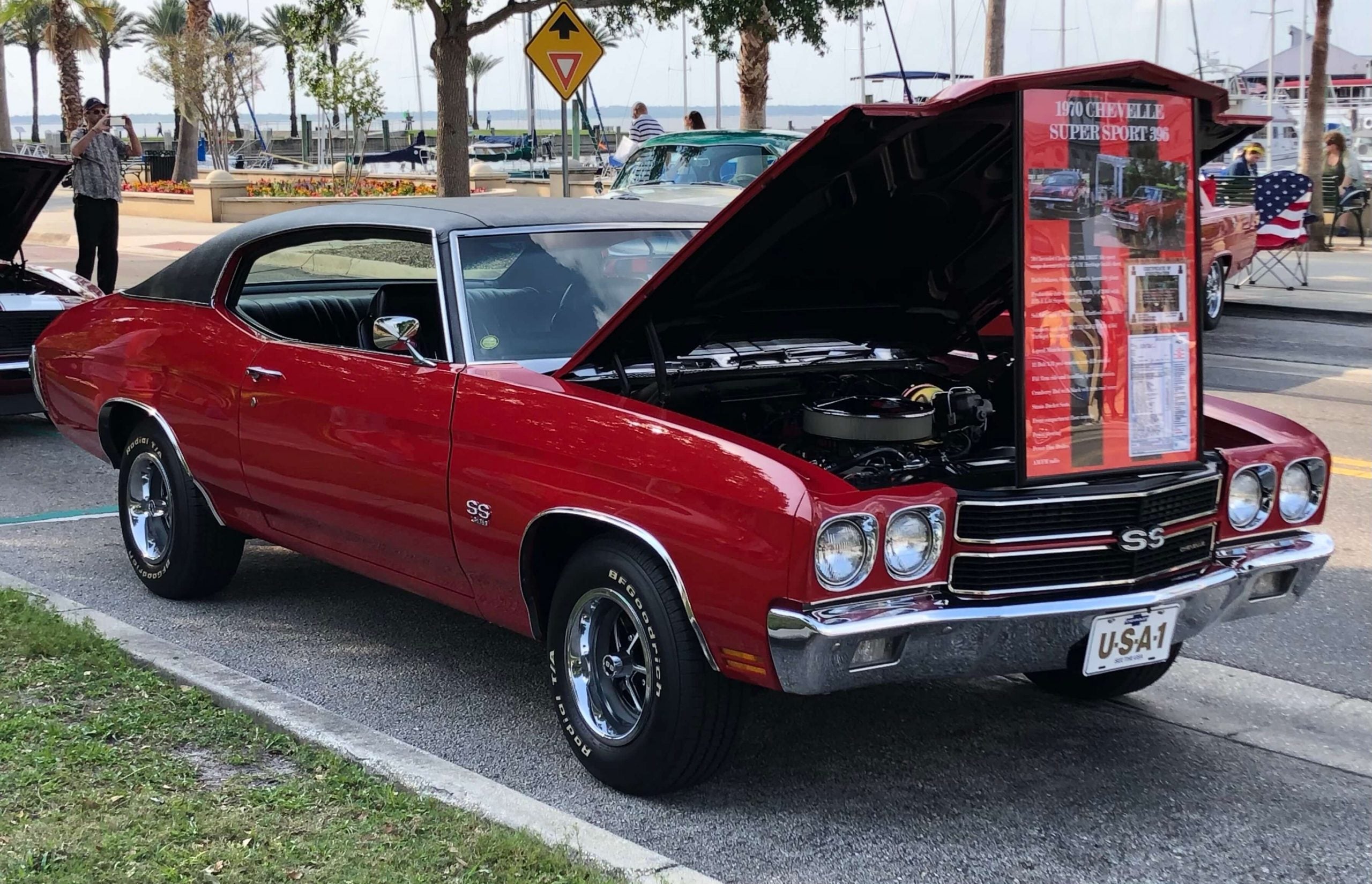
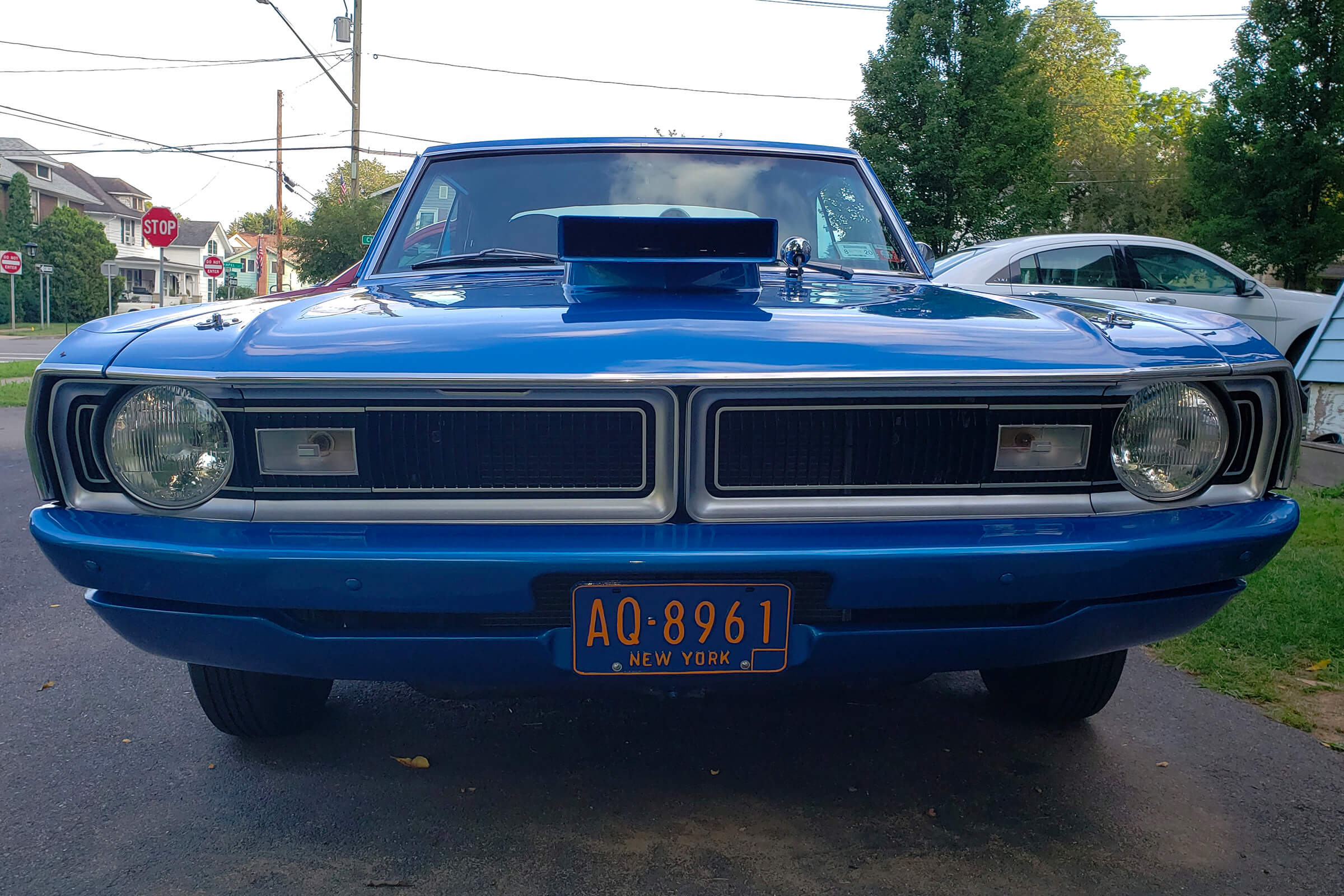

 3. Top Off Your Gas Tank, Check the Coolant, and Change the Oil
3. Top Off Your Gas Tank, Check the Coolant, and Change the Oil BONUS TIP: Plan for Off-Season Projects
BONUS TIP: Plan for Off-Season Projects